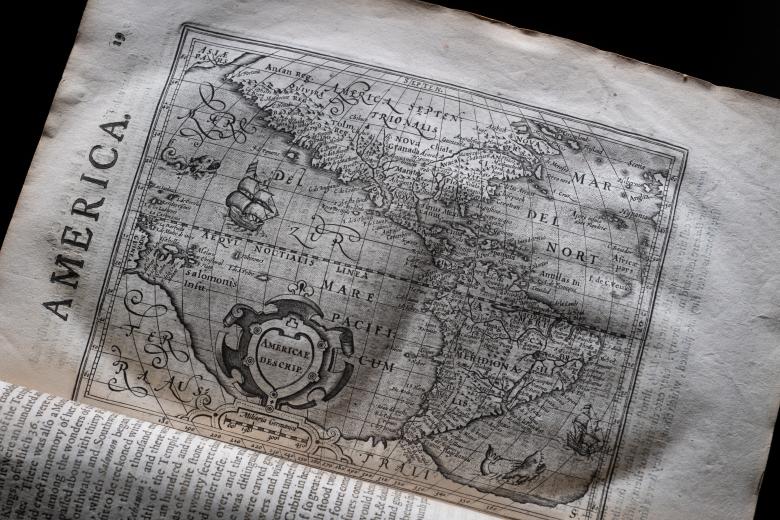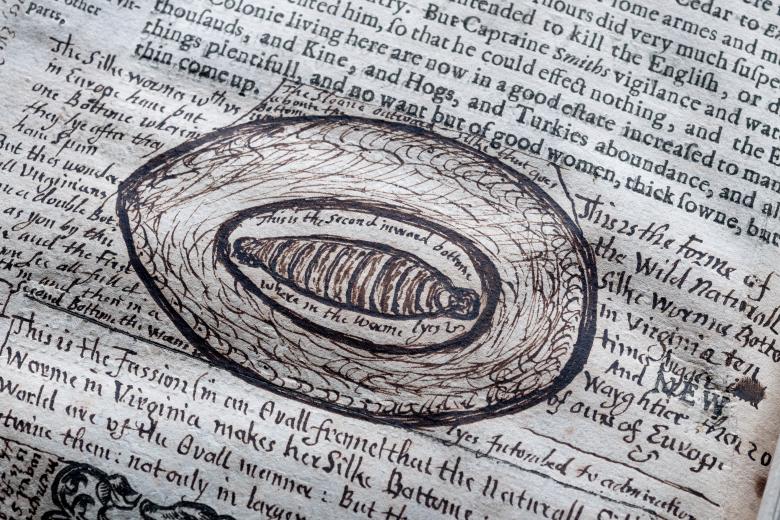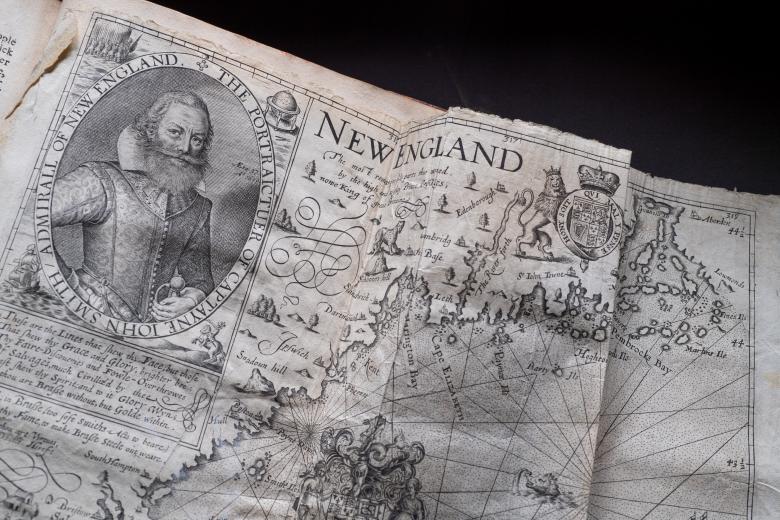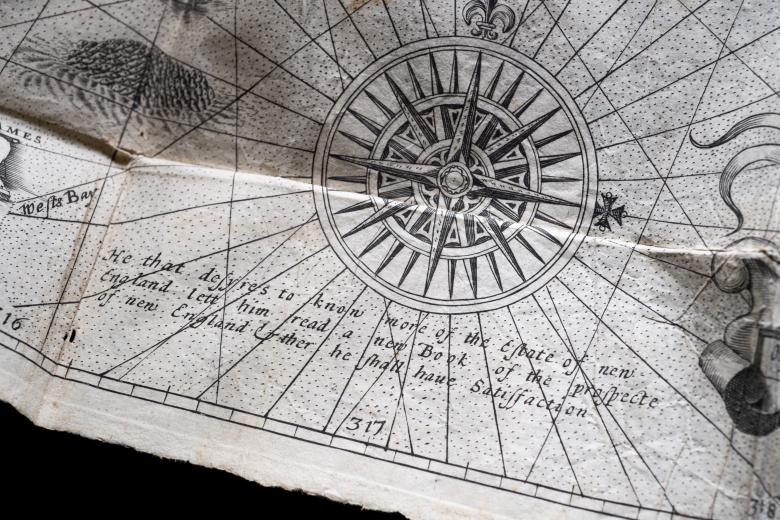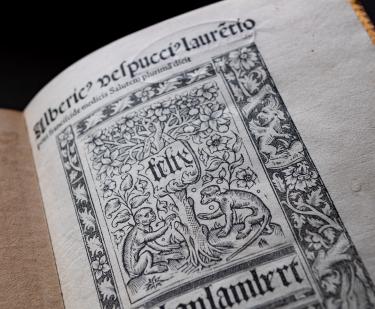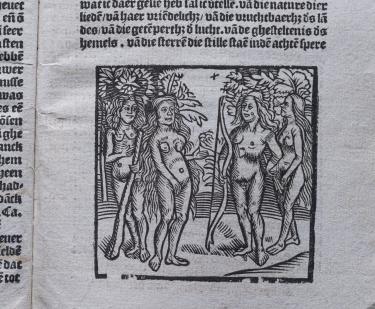Historia Mundi: or Mercator’s Atlas...
This copy of the first edition of Gerhard Mercator’s Atlas is especially notable for its extensive manuscript annotations, particularly those filling the margins around the “Description of Nevv Virginia,” comprising a detailed discussion of silkworms, complete with expressive drawings of the insects. Cocooned within the atlas pages, the marginalia remained anonymous, until a few chance meetings and subsequent correspondence between various researchers at the Library traced to the annotator to the Ferrar family library at Little Gidding, Huntingdonshire. A deputy of the Virginia Company and an ardent promoter of the colony, John Ferrar encouraged his daughter—aptly named Virginia—to experiment with the cultivation of silkworms—a proposed (and failed) colonial industry. The marginal text evokes sections of a later collaboration between the Ferrars and Samuel Hartlib—The Reformed Virginian Silkworm. The scholarly collaboration spun up around the silkworm text is but one example of the vital role the Library plays in connecting researchers across disciplinary and geographic boundaries to enable exciting new discoveries.

